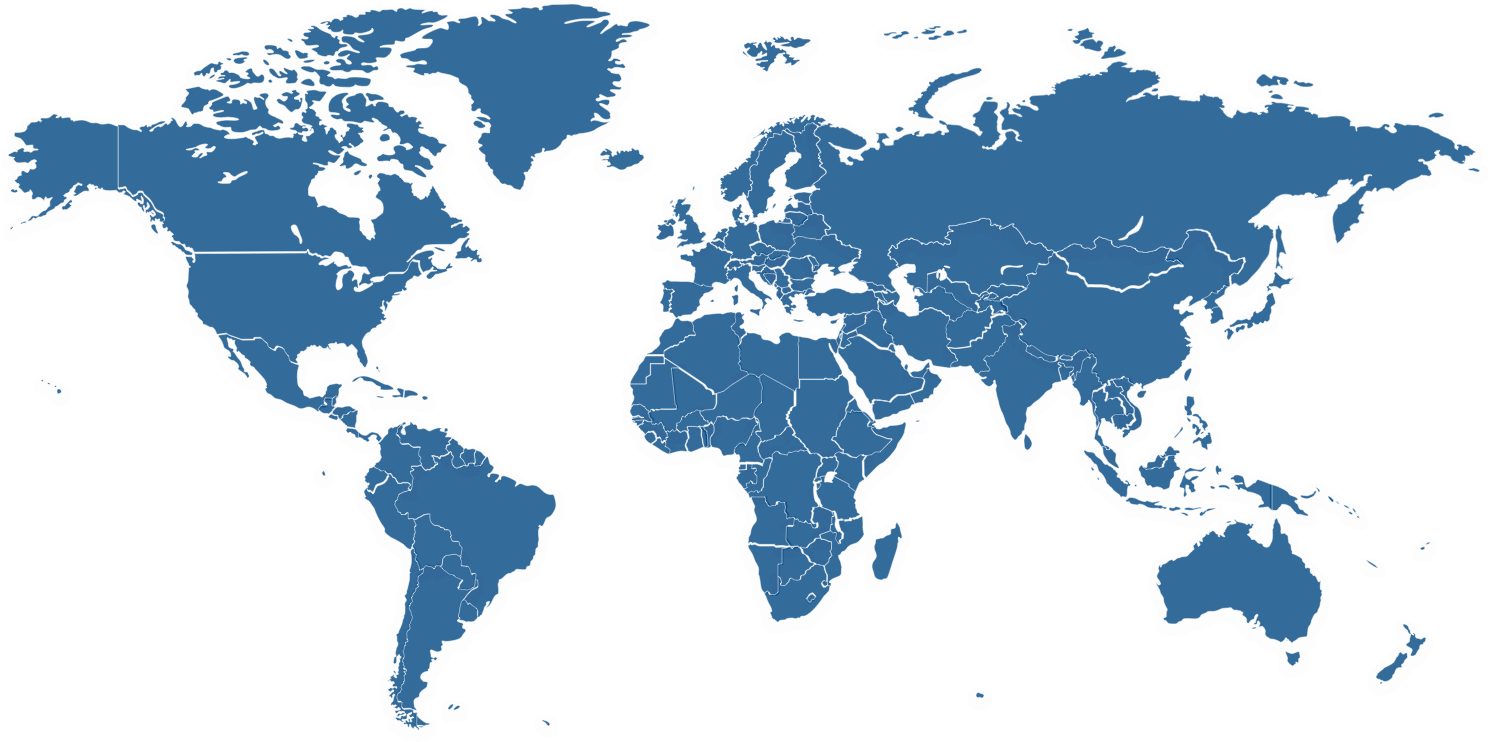(...)
In this article, I begin with an overview of the recent trajectory of Japan-South Korea relations, specifically, the tumultuous third phase characterized by “drift and disarray” during the Abe (or Abe-Suga) era of the 2010s. The second administration of Prime Minister Shinzo Abe (2012–2020) and the subsequent tenure of Yoshihide Suga (2020–2021) confronted some of the most challenging moments in bilateral ties between the two countries. In South Korea, conservative and progressive forces remain in a closely contested balance. Throughout the Abe-Suga period, Japan engaged with both the conservative leadership of Park Geun-hye (2012–2017) and the progressive administration of Moon Jae-in (2017–2022). Although both the Park and Moon governments clashed with Japan over historical issues, the years from 2018 to 2019 under Abe and Moon were particularly contentious, with disputes extending beyond historical grievances to encompass security and economic confrontations. This escalation was largely a consequence of negative linkage politics pursued by both sides, culminating in a complex diplomatic crisis. Such was the gravity of these frictions that the postwar bilateral relationship was feared to be on the brink of collapse, marking it as an unparalleled nadir in postwar bilateral relations.
In the subsequent section, which surveys the current situation and contemporary challenges, I delve into the relationship as it stands in the 2020s, specifically in the years following the Abe-Suga era, under the stewardship of Prime Minister Kishida. October 2021 saw the advent of a new Liberal Democratic Party (LDP) administration led by Fumio Kishida. Although the LDP is fundamentally a party that aligns with conservative ideologies, Kishida, although he previously served as the Foreign Minister during Abe’s second tenure as prime minister, belongs to a political lineage that diverges from Abe. Whereas Abe hailed from the Seiwakai faction influenced by Nobusuke Kishi, Kishida, in contrast, comes from the Kouchikai faction, which is in the liberal lineage of former Prime Minister Shigeru Yoshida. While firmly grounded in the realism of the LDP, Kishida seeks to mend relations with Japan’s Asian neighbors.
On the other side, in South Korea, the March 2022 presidential election saw the victory of the conservative People Power Party candidate, former prosecutor Yoon Suk Yeol. Since assuming power that May, the Yoon administration has ardently pursued the reinvigoration of US-South Korea and Japan-South Korea ties. Initially cautious, Kishida has nevertheless displayed a positive inclination towards dialogue, earnestly advancing rapprochement with South Korea. The concerted efforts of leaders from both nations led to President Yoon’s state visit to Japan on March 16, 2023 a significant milestone that coincided with the resumption of bilateral summit talks in Tokyo after a 12-year hiatus. Barely two months later, on May 7, Prime Minister Kishida reciprocated with a visit to South Korea, re-establishing shuttle diplomacy between the two neighbors. In mid-May, in the run-up to the G7 Hiroshima Summit, President Yoon, as an invitee, visited Japan, providing an opportunity for trilateral dialogues among Japan, South Korea, and the US.
As described above, the Japan-South Korea summit between Kishida and Yoon March 2023 signaled that postwar Japan-South Korea relations have entered a fourth phase characterized by re-engagement and reconciliation, one that seeks a renewed architecture for bilateral ties in a new era. In this article, after reviewing the trajectory of Japan-South Korea relations and contemporary challenges, I will examine prospects for the 2020s.
Read the whole chapter here.
The views, conclusions and recommendations expressed in this report are solely those of its author(s) and do not reflect the view of the Konrad-Adenauer-Stiftung, or its employees.


